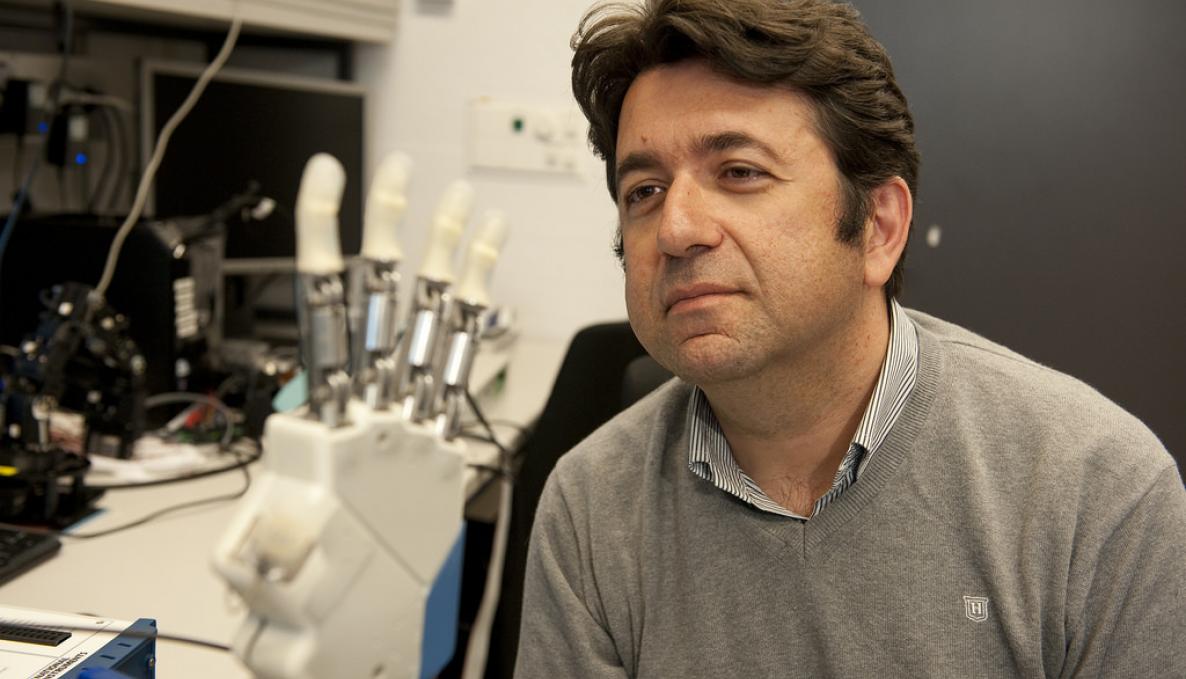RE-ESTABLISHING MOTOR FUNCTIONS IN PRIMATES WITH A wireless BRAIN – spinE INTERFACE: NEXT STEP MIGHT BE TO TEST THE SYSTEM IN HUMANS - PAPER BY NEUROSCIENCE RESEARCHERS OF SANT’ANNA BIOROBOTICS INSTITUTE AND LAUSANNE INSTITUTE OF TECHNOLOGY PUBLISHED IN J

Restoring movement after paralysis thanks to a wireless brain-spine interface developed in Lausanne Institute of Technology and Sant’Anna School Biorobotics Institute. Two Rhesus monkeys (Macaca mulatta) were implanted with a wireless brain-spine interface to bypass spinal cord injuries restoring walking movement to a paralyzed leg.
The research results were described in the journal Nature - the implantable components integrated in the brain–spine interface have all been approved for testing in humans; nevertheless, it may take ten years before all the components can be tested in people.
The experiment was performed in Lausanne by neuroscience researchers under the supervision of Grégoire Courtine - Ecole Polytechnique Federale Lausanne (EPFL), and in cooperation with Silvestro Micera, bioengineer and neuroscientist at Biorobotics Institute of Sant’Anna School-Pisa.
The system uses signals recorded from the motor cortex of the brain to by-pass spinal cord injury disrupts coordinating electrical stimulations of leg muscles, and restoring locomotion abilities.
The researchers identified the neural circuits to be stimulated by the spinal implant. Data and signals from motor cortex are wirelessly tapped into the neural hotspots in the spine related to locomotion. These systems allowed the monkeys to move freely and regain functional control of over a period of a month.
"When we walk our brain sends, through the spinal cord, the command to activate the muscles. But, if there is a lesion in the medulla the transmission stops, and the information from the brain do not reach the muscles. What we were able to do was to restore the connection in an artificial way” - said Silvestro Micera. In order to do this the researchers implanted the electrodes in the brain region of the motor coordination. Electrodes are able to transmit brain impulses to a computer. The incoming data are processed and sent to another device implanted in the spinal cord. The study was successful, and the monkeys began moving their legs.
Silvestro Micera played a key role in a pioneering work that can soon have significant effects on humans because the researchers have used devices already approved for use on humans. "Implanting electrodes directly into the brain and spinal cord requires extra attention - added Micera – but, in principle, it will not take long to translate data from animals to humans. Clinical studies have already been authorized on certain aspects of the work". Since 2006, when the first experiment using electrodes to record brain activity and move a robot arm was performed, the advances in the field have been incredibly rapid, even according to the experts not involved directly in the study. So much so that Andrew Jackson of British Institute of Neurosciences - University of Newcastle, declared the first devices for human use could be developed within the next decade.
Paper available on http://www.nature.com/nature/



